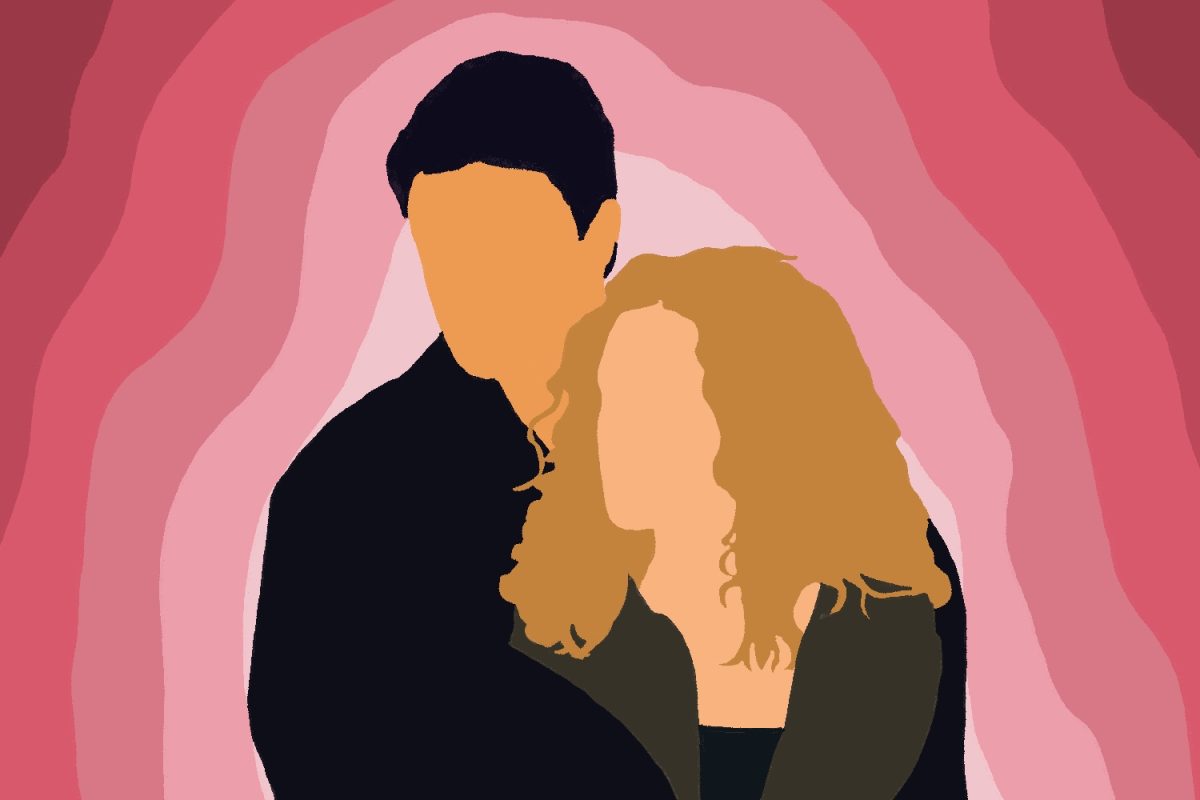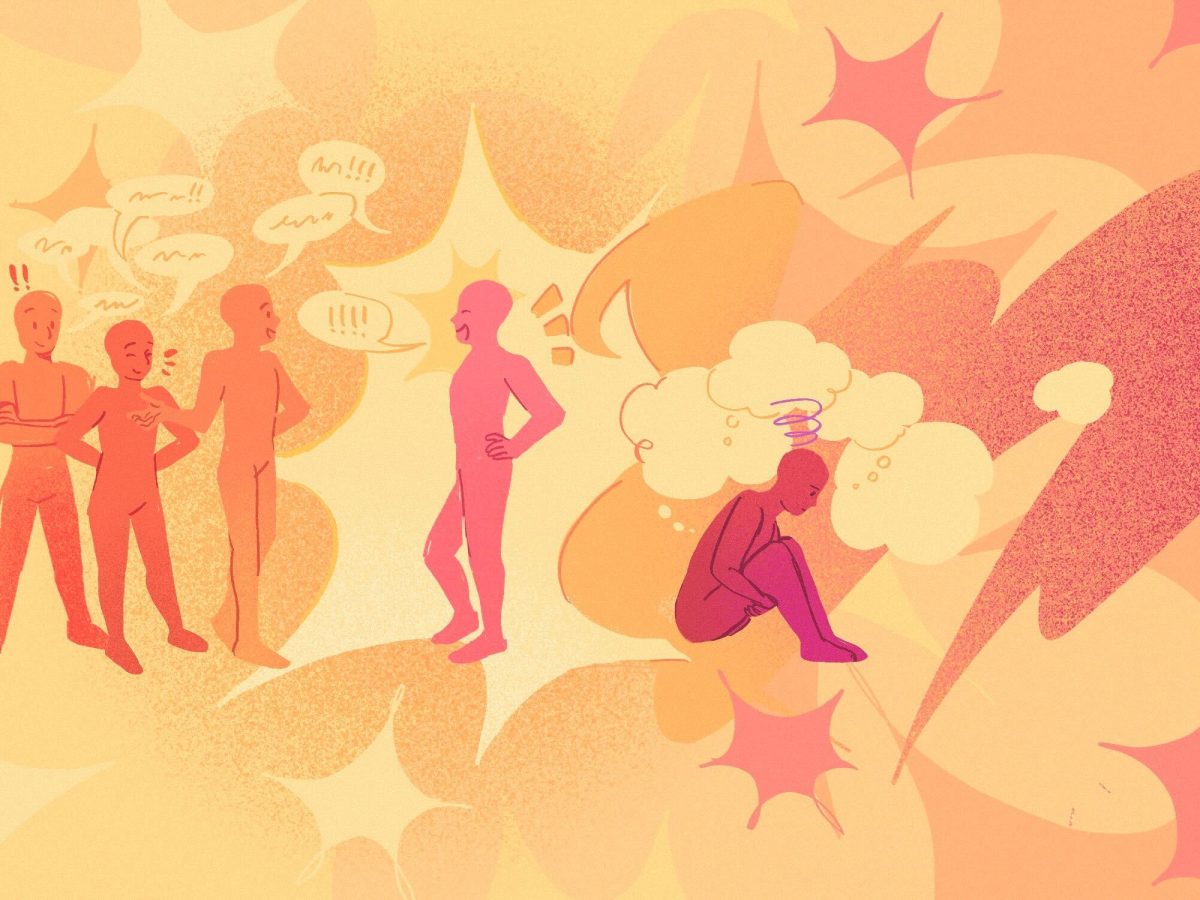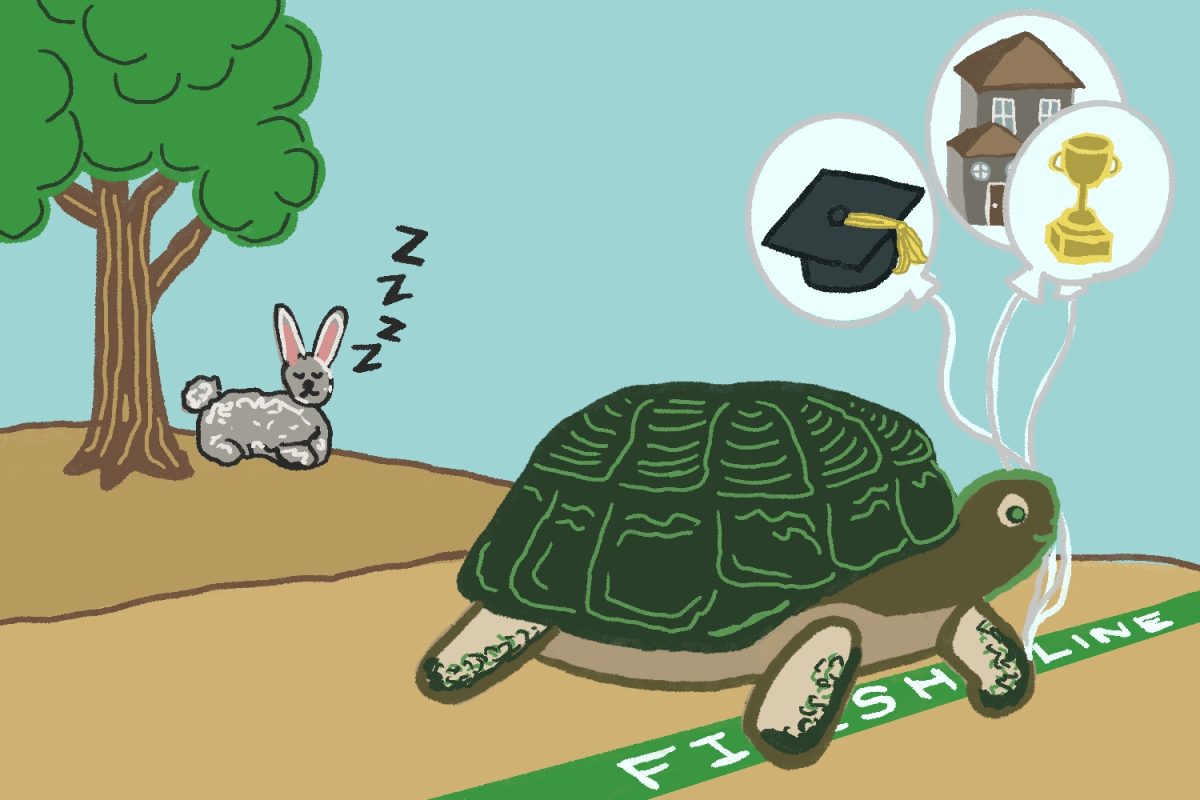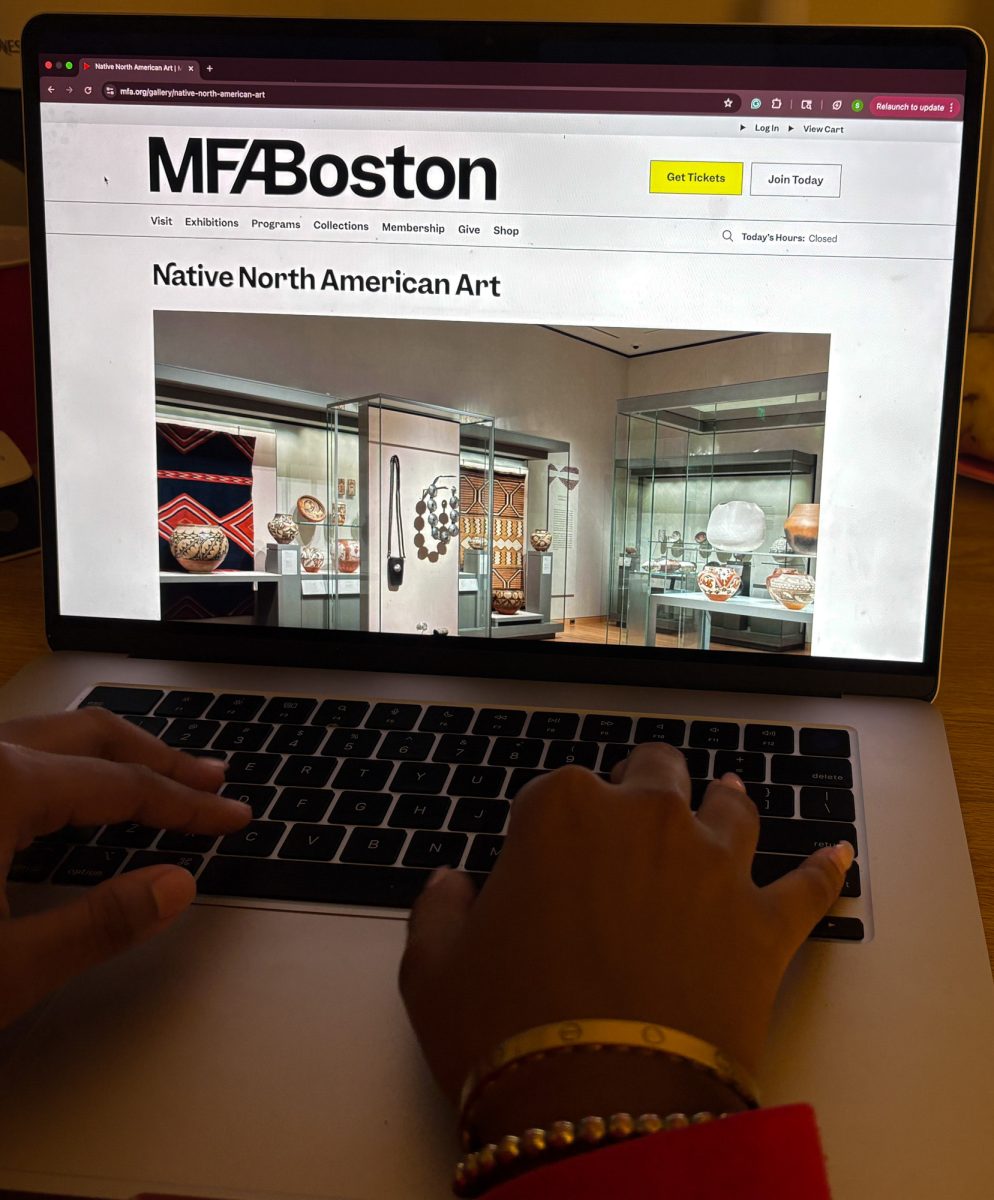In a presentation Tuesday night, founder and CEO of Palestinian Media Watch Itamar Marcus told Boston University students the negative portrayal of Israel in the Palestinian media is an obstacle to peace.
Marcus said he founded PMW in 1996 with the hopes of learning more about the media’s portrayal of Israel in Palestine. His organization has centered on the promotion of anti-Israeli sentiments in Palestinian youth with a focus on educational programs.
“Peace needs promotion of peace among children,” Marcus said. “Peace needs to be preparing the next generation of peace.”
BU Students for Israel hosted Marcus in the Hillel House Lounge. More than 20 students attended.
Marcus said media as a means of education is a powerful tool that can be used in constructive ways to promote peace between the two nations.
“There is a glorification of war and violence among Palestinians against Israelis and children are learning these types of messages,” he said. “That’s the great tragedy that is going to prevent any possibility of peace.”
Marcus said the Palestinian Broadcasting Corporation is the one official Palestinian National Authority television station in the state.
He said children’s programs promote violence against Judaism and the complete absence of Israel’s existence.
“What we’re seeing in Palestinian culture is that they [the Palestinians] are trying to create a very strong culture among themselves that there is a world where Israel doesn’t exist at all,” Marcus said.
Kareem Chehayeb, a member of BU Students for Justice in Palestine, said Marcus’s comments were shocking.
“To dehumanize ordinary Palestinians is a terrible thing,” he said. “Palestinian people aren’t alien people that live in this alien and violent sort of society. They’re people too. To make such a generalization is a horrible thing.”
BUSI Co-President Rachel DuShey said the media portrayal is an issue that is important for people to learn more about.
“It’s something that actively affects Palestinians,” DuShey, a College of Communication junior, said. “Therefore it affects Israel and the peace progress trying to be made.”
Marcus said Palestinian children are taught to disregard Israel’s existence. He said Palestinian children are shown maps of Palestine where Israel’s borders do not exist.
“If it could be taught that Israel is there and that children can recognize Israel as a neighbor, it would help to reinforce in children that there are people to be working with for peace in the region,” he said. “There is no way to make peace with a neighbor if you can’t even recognize that they are there.”
Marcus said he is concerned with the censorship of state-run media, which does not allow opposition to be heard.
“Amongst the Palestinian population, there are many people who don’t want to go along with this, but they’re not given the publicity,” Marcus said. “They’re not given the mouthpiece or allowed to voice their opinions.”
DuShey said she is optimistic about the future between Israel and Palestine.
“I do believe there is hope, and I don’t believe in any way it is the fault of the Palestinians that they are being fed these images,” Dushey said. “A productive society is questioning the media and government and really seeing the other side, which they don’t get the chance to do.”
Chehayeb, a College of Arts and Sciences senior, said he does not support Marcus’s message.
“This sort of rhetoric is actually the ultimate obstacle to peace and coexistence between the Palestinians and Israelis regardless of whatever settlement is made,” he said.
Marcus said his organization aims to foster peace between Israel and Palestine.
“We’ve reached out and presented our findings to the U.S. Congress and to members of Parliament in numerous countries, including the European Union, Britain, France, Norway and many more,” he said. “With the backing of these powers and foreign aid, we hope to start a more concrete path towards peace with Palestine.”



















































































































Holly • Nov 15, 2012 at 2:19 pm
“Marcus said Palestinian children are taught to disregard Israel’s existence. He said Palestinian children are shown maps of Palestine where Israel’s borders do not exist.”
What about the maps you show Mr. Marcus? Do they show the realities of apartheid and occupation in the West Bank? Do they show how Israel has annexed and cut up much of the West Bank into three different cantons with a wall going around Palestinian villages to separate Palestinians not from Israelis but from other Palestinians? Do they show how there are segregated roads – highways over these regions so that the settlers of these illegal settlements that cut up the West Bank can get to each other with incredible ease, whereas the Palestinians have to use other roads, which are also controlled arbitrarily by the IDF? Do they show the 600 checkpoints that Palestinians have to go through, not to get to Israel or anything, but to get to other Palestinians? Do they state that most of these developments happened or that most of the settlement building happened after Oslo – which means that the Israeli state used “peace talks” to further their system of apartheid and solidify the occupation even more?
Paul • Nov 14, 2012 at 10:11 pm
The portrayal of an entire culture and people as one which is self-glorified in war and violence is, to say the least, an implicit dehumanization of the Palestinian people, that is to be rejected unanimously. Such bigotry is unacceptable and is the true obstacle to the road to peace, which includes justice. When such dehumanization of the other occurs, it paves to way to kill while upholding and maintaining structural violence, and justifies the imprisonment and systematic oppression of the other – the Palestinians.
Tyler • Nov 14, 2012 at 10:06 pm
How about Israel? BUSI will do all it can to avoid criticism of Israel, but Ha’aretz reported on a poll several weeks ago in which racism was found to be endemic to Israeli society.
http://www.haaretz.com/news/national/survey-most-israeli-jews-wouldn-t-give-palestinians-vote-if-west-bank-was-annexed.premium-1.471644?block=true
Moreover, even those who criticized the methodology of the poll (on rather weak grounds) admitted that Israel does have a problem. Shany Mor’s piece in Ha’aretz is a good example, concluding: “The Israeli public is in need of self-examination in terms of its attitudes on racism and of the corrosive effects of 45 years of ruling another people.”
DR • Nov 14, 2012 at 9:15 pm
Not sure what Kareem’s problem is. Criticism of the Palestinian media isn’t “dehumanizing” by any means.
Rachel • Nov 14, 2012 at 3:21 pm
The event featured and focused on several real clips from kids shows, sports coverage, talk shows, newspapers, etc. This was the main draw of the event and is not mentioned in the article.